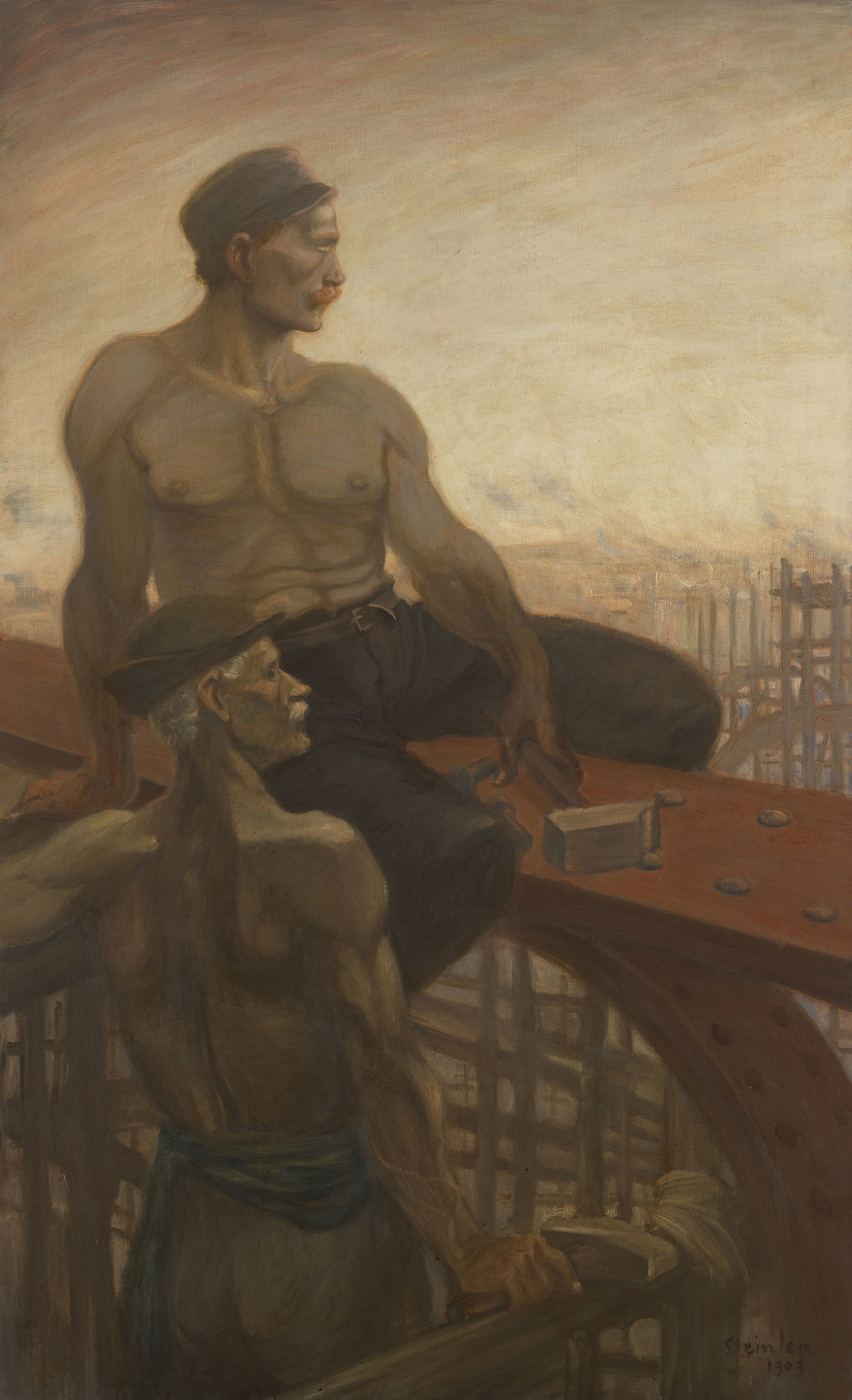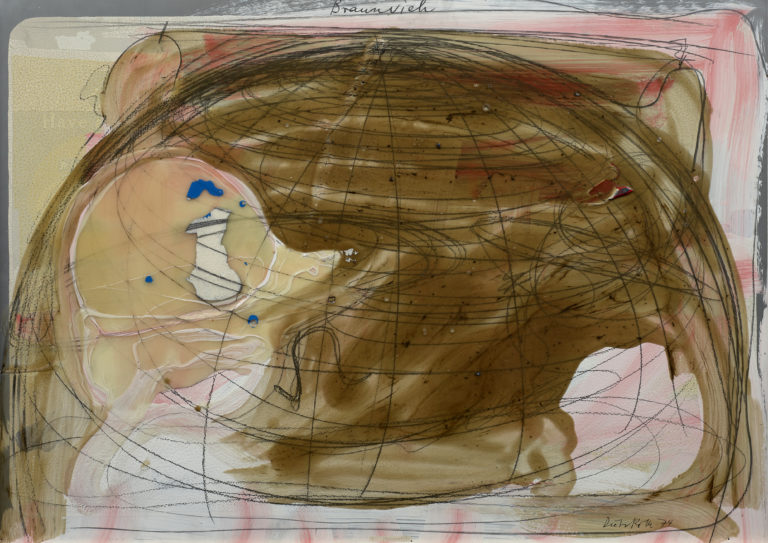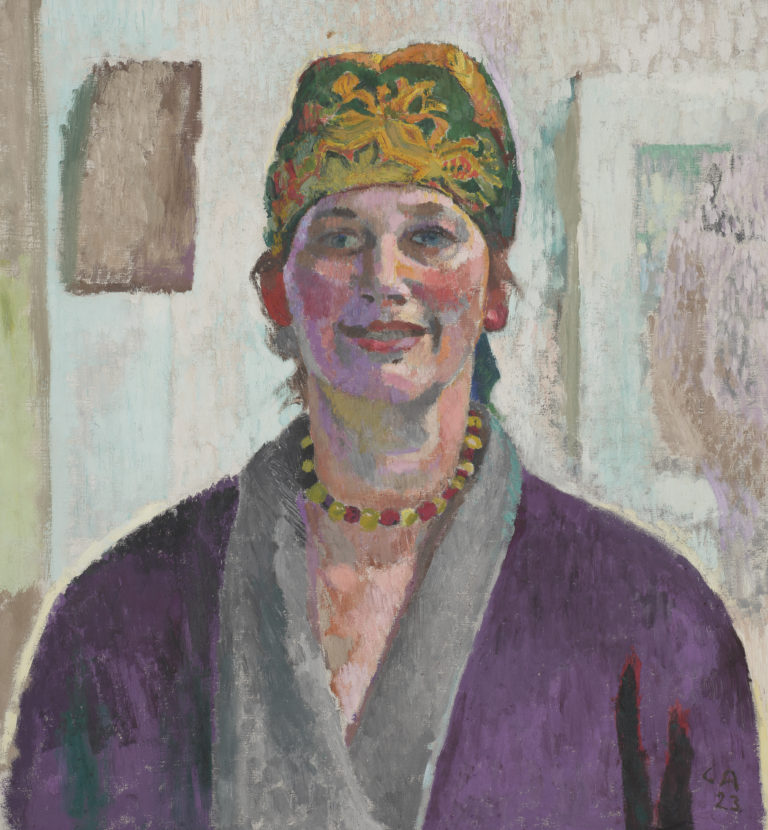Bibliography
Simone Soldini (ed.), Addio Lugano bella. Anarchia tra storia e arte. Da Bakunin al Monte Verità, da Courbet ai dada, exh. cat. Mendrisio, Museo d’arte, 2015.
Philippe Kaenel, with the collaboration of Catherine Lepdor, Théophile-Alexandre Steinlen, l’œil de la rue, exh. cat. Lausanne, Musée cantonal des Beaux-Arts, Ixelles, Musée communal d’Ixelles, Milan, 5 Continents Editions, 2008: fig. 155.
Exposition d’ouvrages peints, dessinés ou gravés par Th.-A. Steinlen, with a foreword by Anatole France, Paris, 1903: n. 61.




A major exhibition and sale of 101 works by Théophile-Alexandre Steinlen opened in Paris in 1903. In the catalogue, the writer Anatole France emphasised the singularity of the event. Although the artist was ‘too famous for any thought of introducing him here’, he had nevertheless prepared a surprise for visitors already enthusiastic about his drawings and stamps: a presentation of his paintings. The artist was showing the forty-odd pictures produced that same year and, for the first time, ‘large figures’ signalling a new artistic ambition.
L’aurore is notable for its tall, narrow format. The canvas shows two workers sitting atop a structure, contemplating the sunrise. Perched on its piers, they are about to assemble the metal parts using red-hot rivets whose heads will then be flattened with a hammer. The building under construction recalls recent Parisian projects such as the Eiffel Tower and Sacré-Cœur. With this work, Steinlen was adding to his chronicle of the world of work – that ‘apocalypse of misery’ that, in France’s words, moved him deeply. The warm palette, in shades of browns and oranges, recalls Honoré Daumier. The symbolic dimension of this work, indicated by its title, points to the hope of a better future. It is expressed in the heroic rendering of the men’s bodies, which draws from the emphatic modelling of the naturalist sculptors, from Jules Dalou, and also from Constantin Meunier, another poet of the proletarian condition. The older carpenter is positioned in the lower half of the picture with his back to us, in the shadow, whereas his younger comrade, catching the light and staring into the distance, stands for the new generation and the struggle it must take up.
L’aurore was sufficiently important to Steinlen for him to put a smaller version of the work on the cover of his exhibition catalogue. When the Museum in Lausanne, his home town, acquired the work, it did so at his own express request: according to the keeper there at the time, he would have been disgruntled if Lausanne had purchased his Chats and Midinettes.